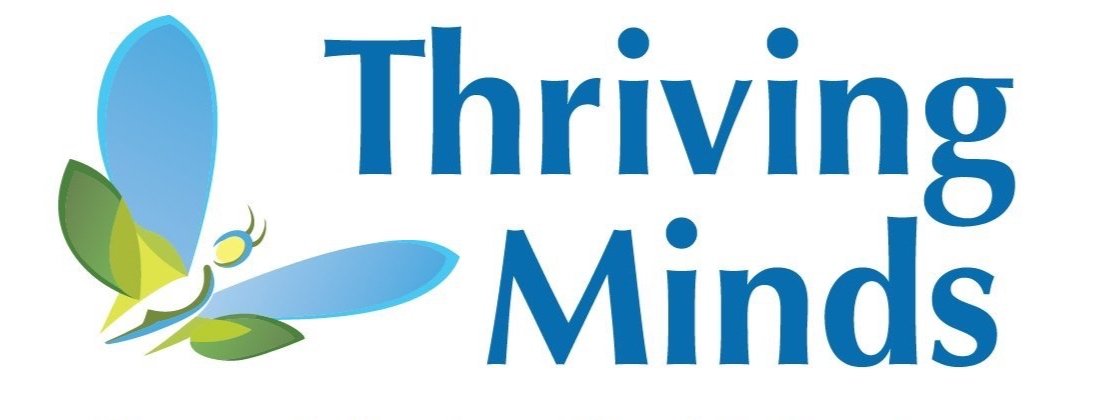What is "Neurodivergence"?
Understanding neurodivergence means grappling with the idea that society has certain expectations about how people should behave. These expectations can vary depending on where you are and the culture you're in, but they generally shape what we consider "normal" behavior.
In the United States, we often value qualities like planning ahead, being motivated, and fitting in socially to succeed (Cushner, 2005). We expect kids to naturally develop these skills as they grow, and we have certain expectations for their abilities based on age and development. For instance, we anticipate toddlers to start showing empathy and sharing with others, while elementary school-aged children are expected to manage their time efficiently, complete homework assignments independently, and navigate friendships smoothly. But for some people whose brains work a bit differently, meeting these expectations can be challenging.
What is Neurodivergence?
The term “neurodivergence” was coined by autistic sociologist, Judy Singer, in the 1990s. This term aimed to broaden our understanding of the diverse thinking styles within the autistic community. Neurodivergence challenges the notion of a singular "correct" way of being. Instead, it underscores the inherent uniqueness of each individual's neurological makeup. Within neurodivergent individuals, variations in abilities are viewed as stemming from differences within the brain, not from lack of effort or “deficits”.
These differences are not bad, and they should not be considered deficits. Every individual possesses a unique blend of strengths and areas for growth. For neurodivergent individuals, accommodations or alternative strategies might be necessary to tackle certain tasks effectively. Moreover, environmental barriers can either exacerbate existing difficulties or create new challenges. Consider, for instance, the conventional structure of school days, which often demands prolonged periods of quiet, focused work—a setup that can prove particularly challenging for some neurodivergent youth. On the other hand, a neurodivergent individual might thrive in a workplace that encourages creativity and problem-solving, such as a technology company where innovative thinking is valued and diverse perspectives are celebrated.
Who Might be Considered Neurodivergent?
Previously, autism was the primary reference for neurodivergence. Currently there are many diagnoses that may be considered neurodivergent, including:
· Attention-Deficit/Hyperactivity Disorder
· Obsessive-Compulsive Disorder
· Learning Disabilities
· Dyspraxia—difficulty with coordination
· Intellectual Disabilities
· Sensory Processing Disorders
· Genetic and Chromosomal Conditions
Why Understanding Neurodivergence Matters:
Neurodivergence is pervasive; we are all bound to encounter individuals whose brains function differently than our own. It's crucial to grasp these differences in order to foster empathy and inclusivity. Understanding neurodivergence also sheds light on how various environments can either support or impede neurodivergent individuals, guiding us toward creating more accommodating and inviting environments.
References
Cushner, K. (2005). Human Diversity in Action: Developing Multicultural Competencies for the Classroom with PowerWeb. Open University Press. The McGraw-Hill companies, Order Services, PO Box 182605, Columbus, OH 43218-2605.

